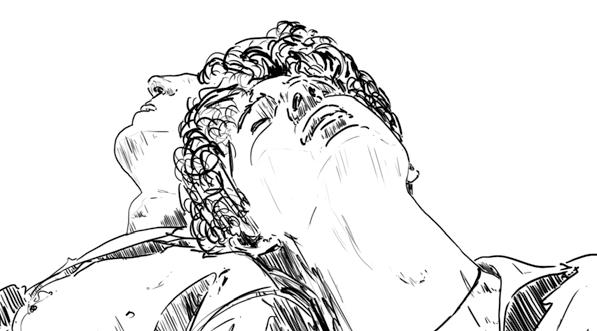AQUILA
A SHOCKING
EXPERIMENT 1963
I
magine you’re standing outside a shop window in 1963, you see a newspaper article looking for participants for a memory study, do you sign up for the research?
Despite Milgram’s experiment being highly unethical, one can’t deny that Milgram’s research into obedience has had a significant influence on how Psychologists in the 21st Century explain obedience. Without Milgram’s research, society wouldn’t have access to this information on obedience and wouldn’t be able to try and explain real life situations; such as the theories into why people obeyed Hitler, leading to one of the most inhumane actions in history: the Holocaust. It makes one ponder as if Milgram was subject to the strict Code of Ethics made by Psychologists now, there is a significant chance that his obedience studies would have never been carried out.
This, of course is how Stanley Milgram recruited participants for arguably one of the most controversial psychological studies of all time. Participants, like you and me, read his newspaper article and signed up for Milgram’s experiment. The psychologist then chose only 40 male participants from the field of applicants. Little did they know the mental and physical peril that many of them would be subjected to.
Milgram’s original obedience study:
You may be reading this pondering as to how a memory study could be so controversial? You would be right to question this, as this wasn’t a memory study at all, it was actually a study on obedience. Milgram deceived his participants as to what the aim of the study was, breaking one of the many stipulations in the Code of Ethics as set out by the British Psychology Society. The Code of Ethics initially was set up in 1954 by the British Psychology Society, but has been updated numerous times since, with the latest amendments being in 2018. Therefore, with an even stricter Code of Ethics in Psychology and other sciences nowadays, it would be extremely unlikely that you would even be able to participate in a study like Milgram’s.
Milgram’s study consisted of two confederates: an experimenter, played by an actor, and another man who played the role of the learner (an actor called Mr Wallace). Mr Wallace and the real participant, the member of the public, drew cards to see who would act as the ‘teacher’ and who the ‘learner’. This was rigged so that the real participant was always the teacher and the ‘fake’ participant, Mr Wallace, was always the learner. The teacher was required to test the learner on his ability to remember word pairs. Every time he got one wrong, the teacher had to administer increasingly strong electric shocks, starting at 15 volts, and then continuing up to the maximum of 450 volts. The learner sat in another room and the majority of time gave the wrong answer purposefully, in order to receive the fake electric shocks. Once the fake shocks reached 300V the learner pretended to be in severe pain by pounding on the wall and giving no further response to any other questions.
36

















